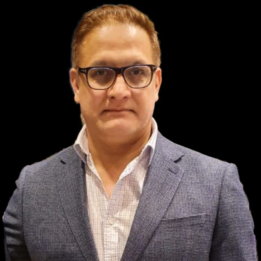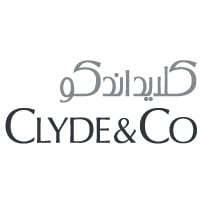

Group Legal Director | Taj Holding



Khalid Bashir
Group Legal Director | Taj Holding
What are the most significant cases and/or transactions that you have been involved in over the past year?
In my previous role, I headed the Projects Legal Team, which involved leading three different teams connected to the three projects, as well as managing the internal projects team connected to the mandated government projects. This involved a lot of coordination, respecting the boundaries of various stakeholders and regular reporting to the senior management. In addition to this, I was involved in a major acquisition where we purchased 35% of a company. This involved lengthy negotiations, specifically in terms of warranties and disclosures, liaising with the external counsel and the opposing in house counsels, various iterations and of course keeping the management informed every step of the way.
Based on your experience, what is the key to collaborating successfully with business partners?
The key to collaborating successfully with business partners lies in building a strong foundation of mutual trust, achieved through consistent, clear communication, alignment of goals, and reliable follow-through. It starts with ensuring that all parties are on the same page in terms of strategic objectives, expectations, and core values. Unrealistic expectations can put a strain on any partnership; therefore, it is crucial that expectations are managed, and partners are updated regularly. Further, taking the time upfront to understand each other’s priorities and operating styles helps prevent misunderstandings down the line.
Initiating collaboration is only the first step; however, maintaining it requires ongoing effort. Open, transparent dialogue allows for challenges to be addressed quickly and constructively, fostering an environment where feedback is welcomed enabling continuous improvement. Idea is to be flexible, listen and show a willingness to adapt, which is just as important as having a solid plan. Of course, regular networking and having social get togethers also builds understanding and long-lasting relationships.
Ultimately, the most effective partnerships are those where all sides feel equally heard, valued, and committed to a shared definition of the vision and success. When the parties are truly invested in helping each other grow and achieve long-term results, collaboration becomes more than a business strategy — it becomes a trusted relationship that delivers lasting value way beyond the completion of the intended partnership.
Which political, economic or regulatory changes have impacted your work the most in the past year?
Over the past year, several external developments had a notable impact on the pace and direction of our work. One key factor was Saudi Arabia’s introduction of a requirement for companies to establish a regional headquarters within the Kingdom to qualify for public sector contracts. This policy prompted many organisations to reassess regional strategies and long-term positioning in the Gulf. This requirement coming into force affected our relationship with some of the companies we were working with or wanting to work with. There were several rounds of discussions in trying to get this point across as well us trying to assist as many as possible to either obtain the RHQ licence or trying to get an exemption for the companies affected.
Additionally, broader economic uncertainty — including fluctuating global markets and the residual effects of protectionist policies associated with ‘Trumpnomics’ created a more complex environment for strategic planning. These macroeconomic conditions introduced challenges around forecasting, investment, and decision-making. The effect on demand for oil and the subsequent price decrease made governments reassess their budgets and instruct their entities to restructure and revisit their projects in terms of priorities causing delays to the ongoing projects as companies were forced to priorities, reduce or put on hold projects in order to comply with the new guidelines.
Navigating regulatory frameworks in connection with the projects under my purview presented its own set of complications. The process of securing approvals and aligning with evolving compliance standards required sustained effort and, at times, slowed our momentum.